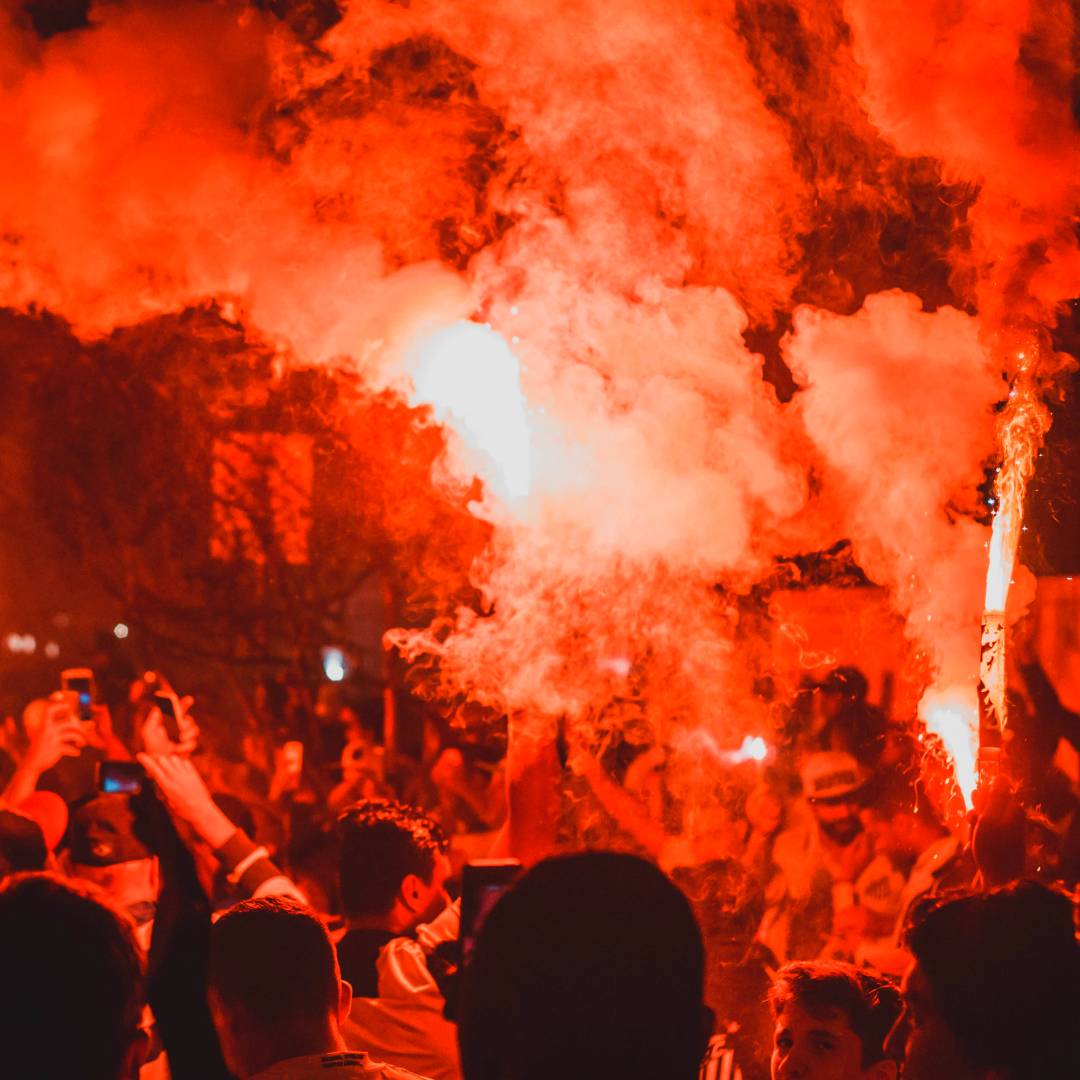A Gangbanger’s Journey to Sainthood: Meet Peter Armengol
A Gangbanger’s Journey to Sainthood: Meet Peter Armengol
Please turn on your imagination
Imagine being a dad with a teenage son who has seemingly turned his back on you. He has rejected the values you have worked so hard to instill in him, and he does not seem to care about anything but his own selfish wants. You wonder how this could be. He is 19 years old, and you have not seen him in over a year. A sense of despair has gripped you. You are alone in your living room. You fall to your knees and begin to pray for your boy.
Besides your wife and 14-year-old daughter, you have other things on your mind. You are a respected police chief in a city of two million people where a major political convention will take place in two days. You have been asked by the police commissioner to coordinate the security forces on the convention center’s perimeter. You have a job to do, and right now, it takes precedence over other things.
At 6 p.m. on the convention’s first night, protesters begin gathering on the center’s east side. You can see that they are well-organized and plan to create mayhem. At 9 p.m., the crowd numbers several thousand, and the screaming and yelling is getting intense. Suddenly the crowd, urged on by several masked protesters, surges forward and then breaks into a charge.
One man stops and falls to his knees
Dressed in riot gear, you are standing at the forefront of your men, and in your hand is a taser. One man is charging right at you when suddenly he stops short, falls to his knees, and drops his hands to his sides. You hurry up to him and yank off his mask. You are stunned because you are looking down at your son. He is crying and telling you he is sorry. You lift him up and you hug each other. The surging crowd, witnessing this unexpected turn of events, stops and becomes quiet.

Dial your imagination back in time
Does that sound far-fetched? If so, let us now travel back more than 700 years to a day when something like this really did happen. Even though it may be 700 years ago, people then were like people now when it comes to their wants, needs, and emotions. It especially held true when it came to family.
Arnold Armengol was a member of the Spanish hierarchy. Despite receiving the finest education and upbringing, his son, Peter, rejected that and fell into the secular trap of self-centeredness, self-gratification, and outright depravity. He even joined a band of criminals that preyed on people traveling up the mountains. Peter was so good at this work that he eventually became the gang leader.
King James of Aragon asked Arnold to lead him on a journey to Montpellier so he might meet with the King of France. The King had heard of the brigands that preyed on mountain travelers and wanted his royal guard prepared for any attack.
The crime was punishable by death
As Arnold Armengol led the King’s entourage through the mountain passes, they were attacked by a band of highwaymen. As the robbers charged toward them, Armengol led his men in a counter-attack. With his sword drawn, he headed directly for the pack’s leader. They were about to engage each other when the robber fell to his knees. He recognized his father and, with tears streaming down his face, prostrated himself at his dad’s feet and handed over his sword. The penalty for his crimes was death.
Peter Armengol, repentant and seeking mercy, appealed to King James I and received a pardon. He was filled with shame and, heeding the graces God offered him, entered a Mercedarian Monastery in Barcelona. The Mercedarian’s mission was to use available funds to ransom Catholics captured by the Muslims. Peter excelled at this task and, over a period of eight years, managed to negotiate the freedom of many hostages from the Saracens.
From gang leader to Mercedarian friar
Friar Peter then headed to Africa with Friar William Florentino. His goal was to ransom Christians. On arrival in Bugia, he heard about 18 Christian children held hostage by the Mohammedans. They were under the threat of death if they did not renounce Christianity. Friar Peter offered himself in exchange for the hostages. The captors agreed but warned Peter that he would suffer brutal torture and death if the ransom were not paid on time.
Sentenced to be hanged
The arrival of the agreed ransom and Friar Peter’s release was scheduled for a particular day. The ransom never arrived. Peter was immediately put to torture and endured this for a full day. Tired of Friar Peter being alive, the Moors accused him of blaspheming Mohammad. He was sentenced to be hanged.
Friar Peter was hanged from a tree about a half-mile from the prison walls. His body was left there for the birds of prey to feed on. Six days later, Friar William arrived with the ransom. The Moors refused it and told Friar William that Peter had already been dead for six days and his rotted corpse was still hanging from the tree. Distraught, William went to recover his brother Mercedarian’s body.
The dead man began to speak
William left and headed to the execution site. As he approached, he noticed that Peter’s body seemed to be intact. There was also the fragrance of flowers in the air. William slowly approached the body of Peter. The man who was supposedly dead for six days began to speak. He explained how the Blessed Virgin had come to him and held him up with her precious hands the entire time so his body would not hang on the rope.
The HAPPIEST six days of his life
When recalling the miracle of his hanging, Peter Armengol told his Mercedarian brothers that the happiest days of his life were those six days he hung from the gallows supported by the Blessed Virgin Mary. Peter’s neck, broken from the hanging, remained twisted for the rest of his life, and he always had a sickly complexion. Seven documented miracles were attributed to him while he was still alive.
Peter was 28 years old when he was hanged. He died in 1304 at the age of 66, having lived 38 years after being saved by the Blessed Virgin Mary from death by execution. Pope Innocent XI canonized Peter Armengol on April 8, 1687.
We ask Saint Peter Armengol, O. de M. to pray for us all.
Copyright©Larry Peterson 2023
Image: Pexels



